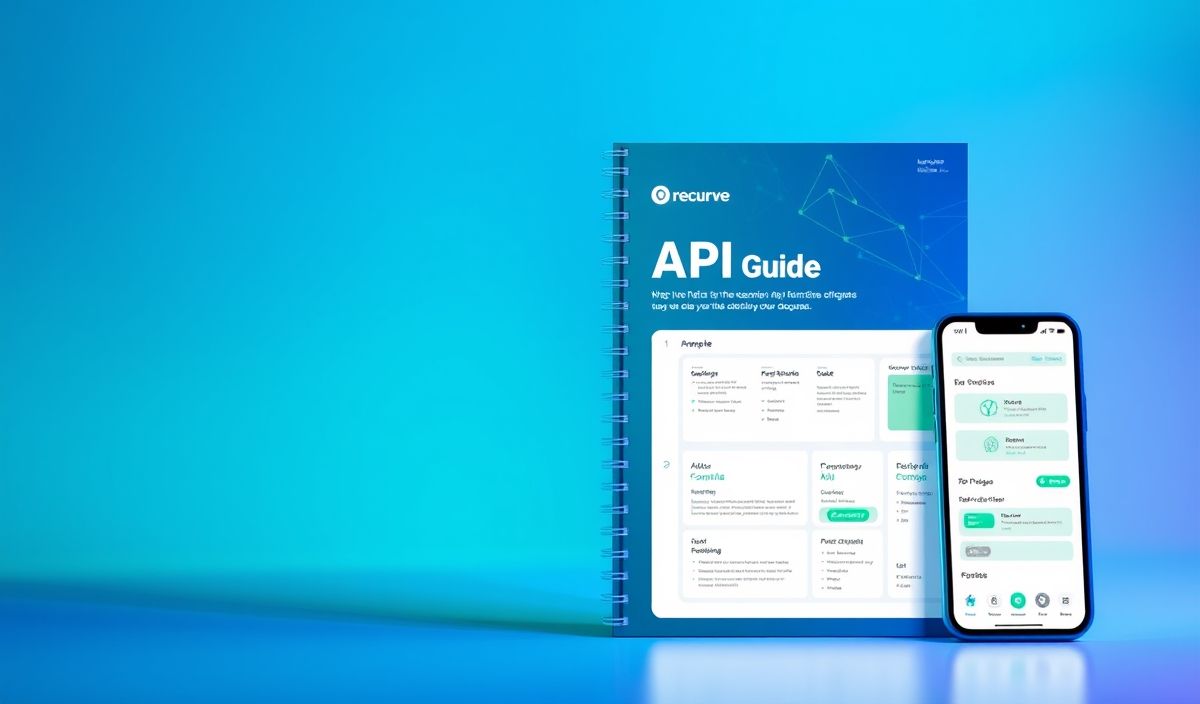Introduction to Recurve
Recurve is a versatile and powerful framework designed to enhance your web development experience. This guide will introduce you to Recurve and provide detailed explanations of dozens of its useful APIs, complete with practical code snippets and an example application to showcase how these APIs work together.
Getting Started with Recurve
// Import the recurve module
import recurve from 'recurve';
// Create a basic server
const server = recurve.createServer();
server.listen(3000, () => {
console.log('Server running on port 3000');
});
API Examples
Routing
// Define a route for GET requests
server.get('/', (req, res) => {
res.send('Hello, world!');
});
// Define a route with a parameter
server.get('/user/:id', (req, res) => {
const userId = req.params.id;
res.send(`User ID: ${userId}`);
});
Middleware
// Define a simple middleware function
server.use((req, res, next) => {
console.log('Request received');
next();
});
Handling POST Requests
// Parse JSON bodies
server.use(recurve.json());
// Handle a POST request
server.post('/submit', (req, res) => {
const data = req.body;
res.send(`Data received: ${JSON.stringify(data)}`);
});
Error Handling
// Define an error-handling middleware
server.use((err, req, res, next) => {
console.error(err.stack);
res.status(500).send('Something went wrong!');
});
Static Files
// Serve static files from the 'public' directory
server.use(recurve.static('public'));
Example Application
Let’s combine the APIs we learned to create a simple application that serves static files, handles user routes, and processes form submissions.
import recurve from 'recurve';
const server = recurve.createServer();
// Serve static files
server.use(recurve.static('public'));
// Log requests
server.use((req, res, next) => {
console.log(`${req.method} ${req.url}`);
next();
});
// Routes
server.get('/user/:id', (req, res) => {
const userId = req.params.id;
res.send(`User ID: ${userId}`);
});
// Handle form submissions
server.use(recurve.json());
server.post('/submit', (req, res) => {
const data = req.body;
res.send(`Form submitted: ${JSON.stringify(data)}`);
});
// Error handling
server.use((err, req, res, next) => {
console.error(err.message);
res.status(500).send('Internal Server Error');
});
// Start the server
server.listen(3000, () => {
console.log('Server running on port 3000');
});
This example application demonstrates how to leverage Recurve’s features for routing, middleware, static file serving, and error handling to build a robust web application.
Hash: 4faef055ef7b59512ac03e53f7b37584609939de388f89461a83369652d7afec




